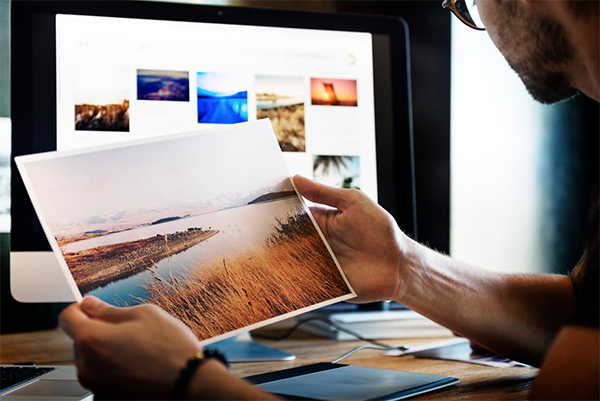Ever wondered how some photographers manage to capture those majestic, jaw-dropping landscape shots? Contrary to popular belief, you don’t necessarily need a whizz-bang SLR camera to take amazing photos. With these golden rules, you too can be well on the way to capturing landscapes like a pro.
Light, camera action – There is a reason why light always comes first. Correct lighting is essential to all types of photography, and this is especially true for landscape photography. A general rule of thumb for most photographers is too shoot either ten minutes before sunrise or ten minutes before sunset as this is the optimal light for pictures. However, if you don’t have the opportunity to shoot during these windows of light, don’t be afraid to wait around for other perfect light opportunities. If you wait long enough, you will eventually stumble upon the perfect light for your landscape photos. Keep an eye out for that breathtaking moment when the sun peeks through the clouds, or when the clouds cast cool looking shadows across the ground.

Keep it simple – Try to avoid busy compositions in your photographs. Focus on one or two elements only in your frame and don’t feel the need you need to squeeze every possible element into the one photo. Moreover, attempt to get two elements in the photo to convey a sense of relativity (say, the sun and a lone cactus). The busier a photo tends to be, the less impact it has on the viewer, as the eyes struggle to take everything in at once.

Location, location, location – Location is everything in photography. If you are having trouble scouting the perfect location for your camera adventures, you may want to consider doing your homework before going off to take photos. Look at your local city’s ‘What’s On’ guide (most cities have a website featuring upcoming events and attraction, some of which are free) – you’d be surprised at the number of unique landscapes that are out there just waiting to be photographed – from circuses, festivals to boat races. Also check out your local tourist information board for information about hikes, trails and parks in your local area. Don’t be afraid to think outside the box to find some creative places to shoot, and if you’re a real opportunist, carry your camera around with you all the time, and you’ll be able to whip it out whenever inspiration strikes.
Curtis Jones can’t go anywhere without his camera in one hand and landscape lens in another
 CoalesceIdeas Web and graphic design ideas for inspiration
CoalesceIdeas Web and graphic design ideas for inspiration




